Recently, “XPeng Technology Day 2025” was held in Guangzhou, where XPeng Motors officially launched its new generation IRON humanoid robot.
The product garnered attention for its highly anthropomorphic design and multiple technological breakthroughs. XPeng Motors Chairman and CEO He Xiaopeng confirmed on-site that mass production of this advanced humanoid robot will be achieved by the end of 2026.
The new-generation IRON humanoid robot has evolved from a quadrupedal form to a bipedal humanoid structure. It employs a “bionic structure design born from within,” featuring a complete hierarchical system of “skeleton – muscles – skin.”
It possesses 82 degrees of freedom throughout its body. The shoulder incorporates a bidirectional mechanism adapted from automotive chassis suspension, enabling human-like shrugging and chest-tucking motions. The hands incorporate the industry’s smallest “harmonic joints,” replicating human hand dimensions at a 1:1 scale with 22 degrees of freedom for precise grasping operations. The feet feature newly added passive toe freedom, enabling a light yet stable “catwalk” gait. During live demonstrations, its movements appeared remarkably natural and fluid, closely approximating human behavioral characteristics.
Additionally, the robot incorporates an anthropomorphic spine, bionic muscles, and fully-enveloping flexible skin, supporting customization for various body types. Its head integrates a 3D curved display module with “hearing, speaking, seeing, and expression” capabilities, delivering a human-like communication experience.
Technologically, the new-generation IRON integrates three self-developed Turing AI chips from XPeng, delivering a total computing power of 2250 TOPS, making it one of the most computationally powerful humanoid robots in the industry.
Its core technological foundation is XPeng’s second-generation VLA (Visual Language Action Model), which innovatively enables end-to-end direct generation from visual signals to action commands. Combined with the advanced VLT+VLA+VLM brain-like capabilities and an industry-first physical world large model, it can perform high-level intelligent behaviors such as conversation, walking, and interaction.
The robot also pioneers the use of all-solid-state battery technology, achieving extreme lightweight design while balancing ultra-high energy density and safety performance. This ensures long endurance and reliable operation in complex environments for humanoid robots.
In safety design, the product adheres to the “Three Laws of Robotics” and introduces a fourth law: “Privacy data remains within the robot.” Combined with active safety protection mechanisms, it maximizes the safety of participants in the physical AI world.
For commercialization and ecosystem development, the next-generation IRON will prioritize service deployment in commercial settings, covering applications like guided tours, shopping assistance, and patrols.
It was announced that Baosteel has become an ecosystem partner for XPeng Robotics’ IRON project. Future plans include deploying the robot at Baosteel facilities to explore and refine applications in industrial inspection and other industrial domains. To build an industrial ecosystem, XPeng also plans to open the IRON robot’s SDK, inviting global developers to participate in application development.
Additionally, XPeng Motors has established its first embodied intelligence data factory in Guangzhou, providing data support for robot technology iteration and mass production implementation. He Xiaopeng emphasized that the full-stack self-developed model is the core guarantee for achieving product leadership and scalable mass production.
During this Technology Day, XPeng unveiled multiple achievements centered on the “Physical AI” theme. The next-generation IRON humanoid robot, alongside products like the Robotaxi and flying car, collectively form its future mobility and lifestyle ecosystem. Both the advanced humanoid robot and flying car are slated for mass production by 2026.


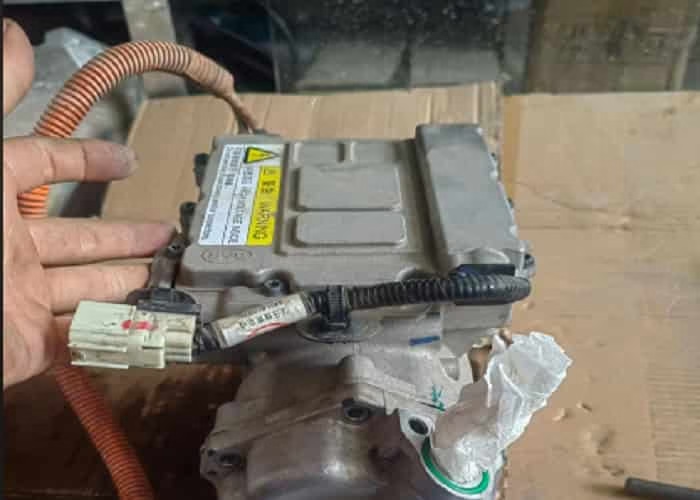
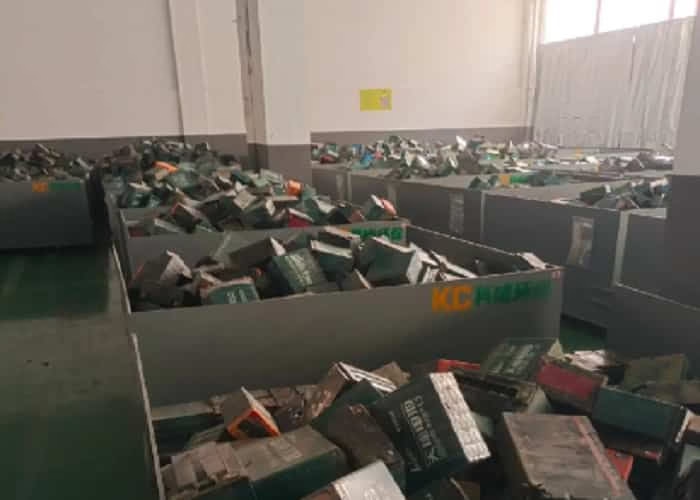

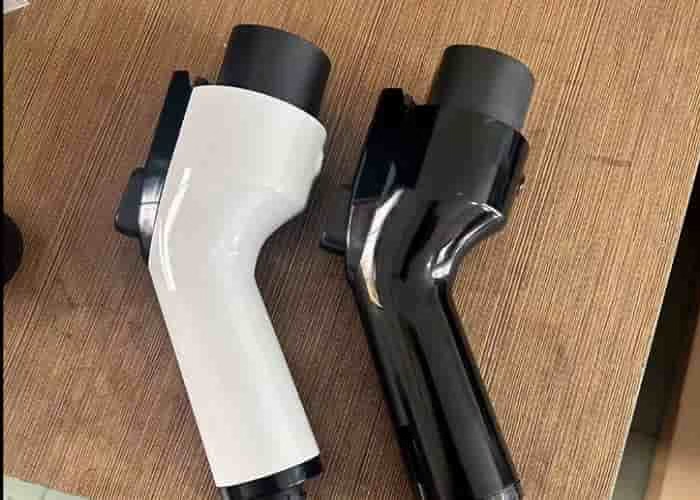
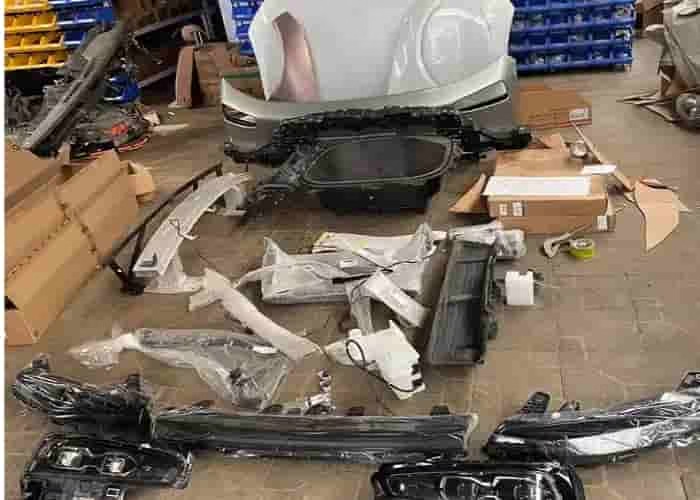
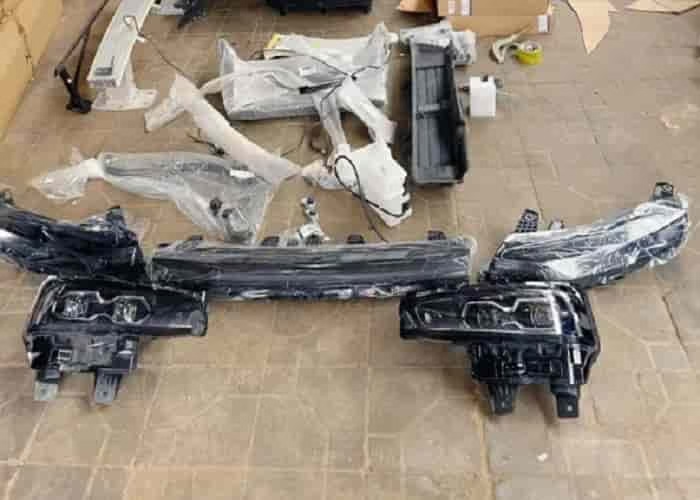
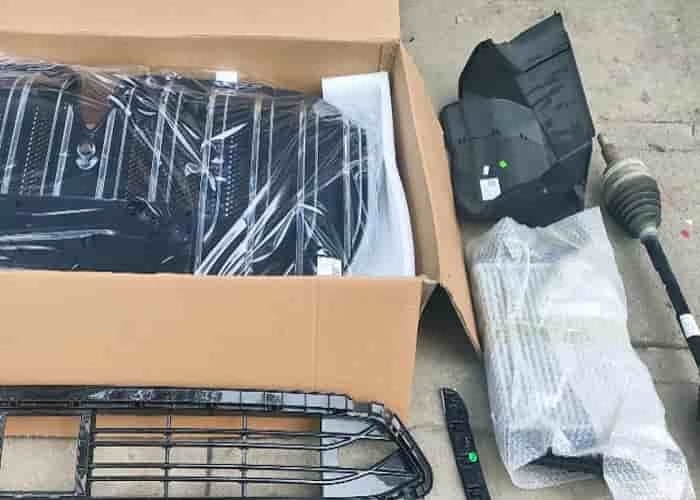
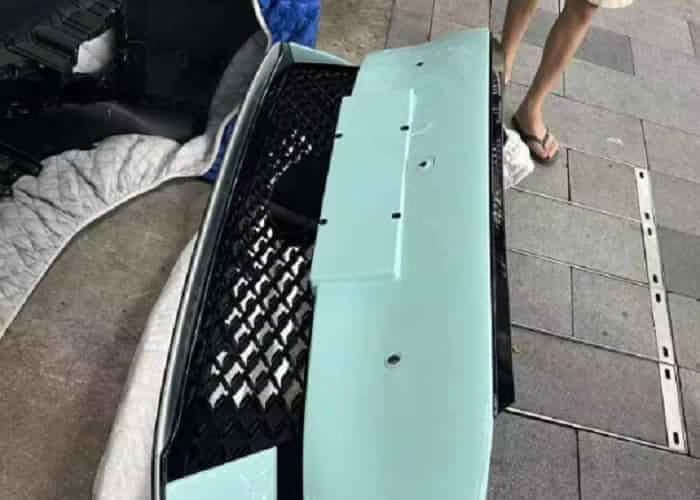
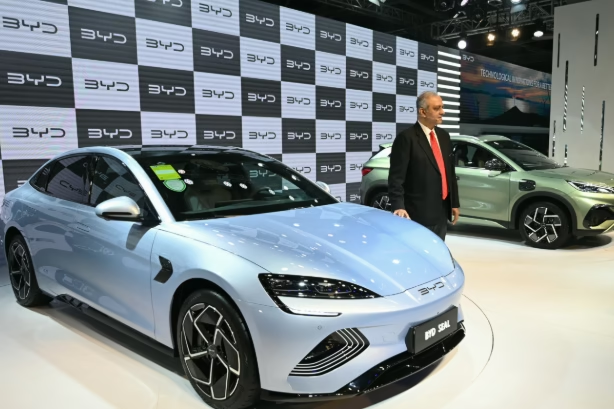
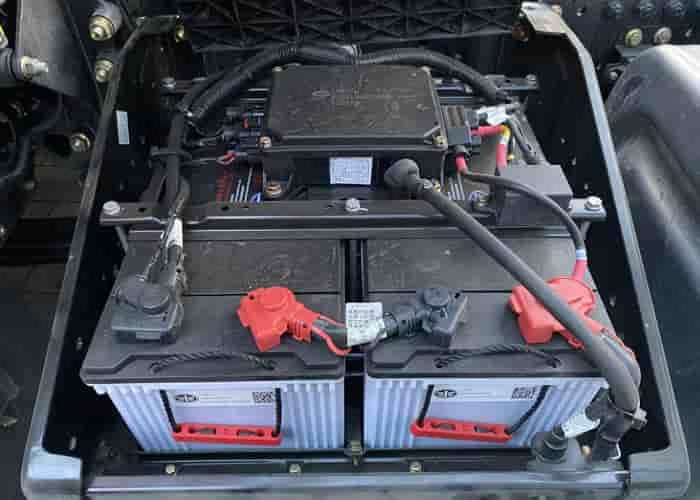

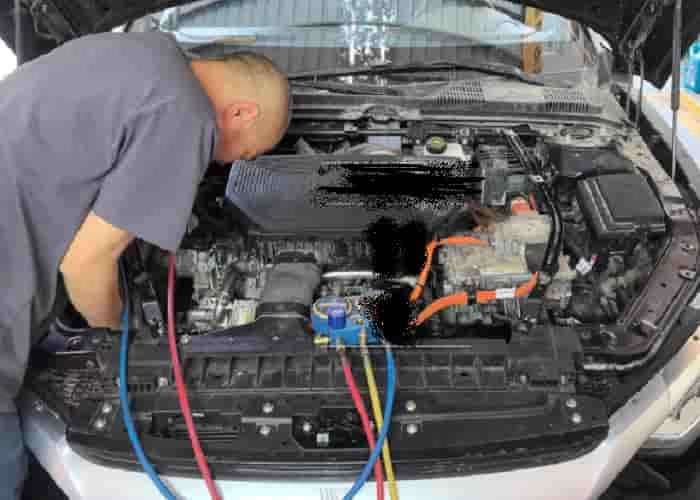
Leave a Reply